Boeing B17 Flying Fortress
Seeing a B17 Flying fortress flying again over England at Airshows is inspiring. The Boeing B17 World War Two Flying Fortress bomber had a maximum speed of 300 mph with a cruising speed of 170 mph. It’s range depending on model started off at 1, 850 miles and later increased to 3,750 miles. It had a service ceiling of 35,000 feet. For its Armament each Flying Fortress had thirteen .50-cal. machine guns with normal bomb load of 6,000 lbs. New they cost $276,000. The crew comprised of two pilots, a bombardier, a radio-operator and 5 gunners
The first prototype flew on 28th July 1935. The Boeing Aircraft Company of Seattle, Washington financed the entire prototype project to meet the Army Airforce need for a multi-engine bomber. It only took 12 months from drawing board to the first test flight. It was a great advance in Boeing design and technology. It was their first military aeroplane that did not have an open cockpit. Mounting five .30-caliber machine guns in clear "blisters" was also a first. A Seattle reporter, who commented on its defensive firepower, was the first to call it a ‘Flying Fortress’. The name stuck.
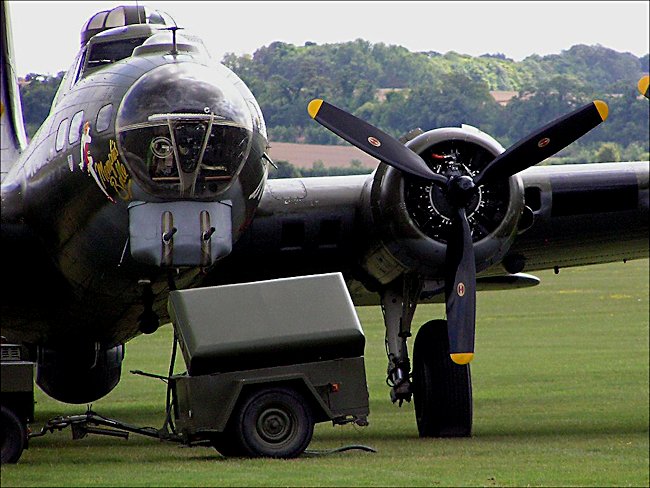
Only a few B-17s were in service in the peace time air force when the USA was attacked by the Japanese on 7th December 1941. The might of the American wartime industrial capacity soon meant that production quickly accelerated. The B17 Flying Fortress served in every combat zone of World War 2, but is best known for daylight strategic bombing of Germany. The last B17 was produced in May 1945. In total 12,726 were produced. The Royal Air Force took delivery of several B-17s in 1941. These were the first planes to see combat.
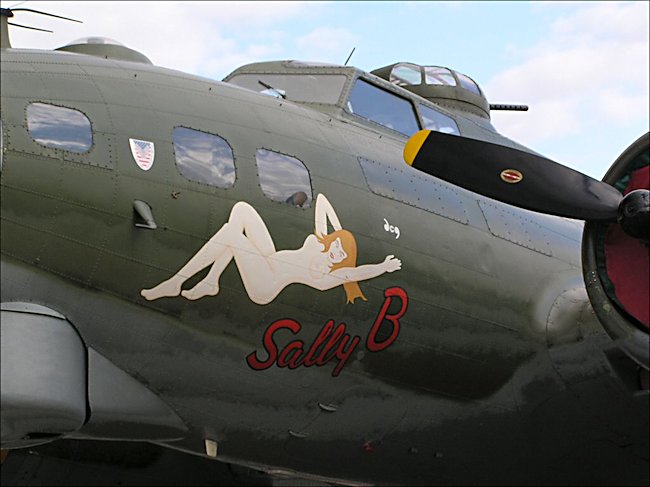
With the first casualties came a review of the B17 and later bombers were given additional armament and armour. The first models of the Flying fortress only had 9 machine guns with a bomb load of only 4000 pounds. Each new version that left the factory was more heavily armed and armoured than the one before.
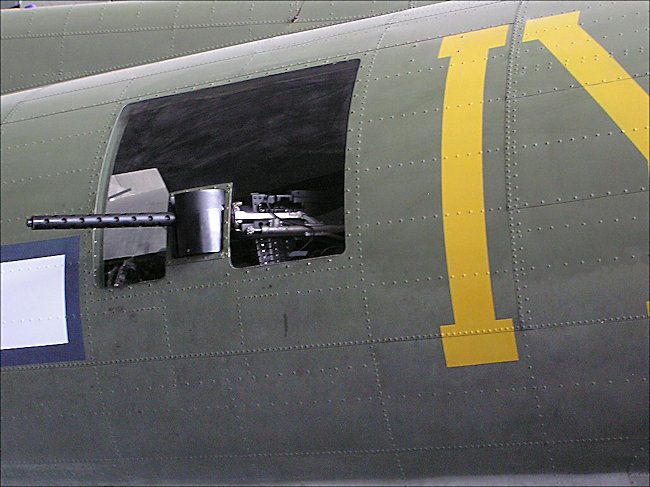
During WWII the US Eighth Air Force participated in missions from various bases in South East England. They often lasted for more than eight hours and hit at Nazi targets deep within enemy territory. To hit their targets they flew during daylight hours whilst most of the British RAF bomber command sorties were flown at night. Until the development of the long range Mustang Fighter escorts squadrons of B-17s often flew over Germany with no fighter escort. They had to rely on their own guns. There were many casualties but American air crews approved of the B-17 design because of its ability to withstand heavy combat damage and still get them home safely. Today less than 15 of Boeing's famous bombers can still fly.
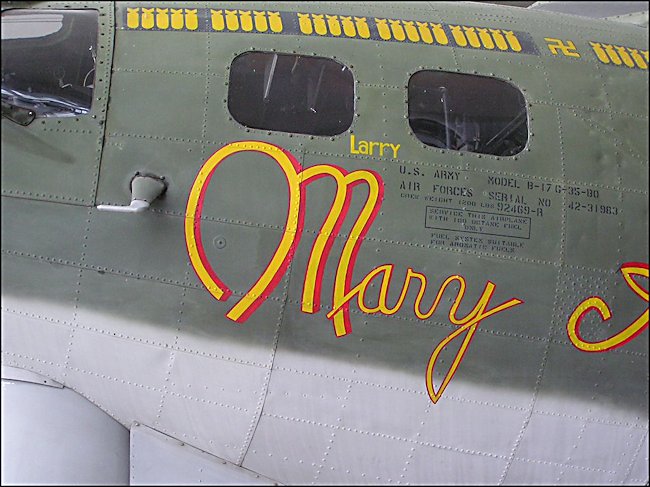
WW2 Boeing B17 Flying Fortress bomber mission art
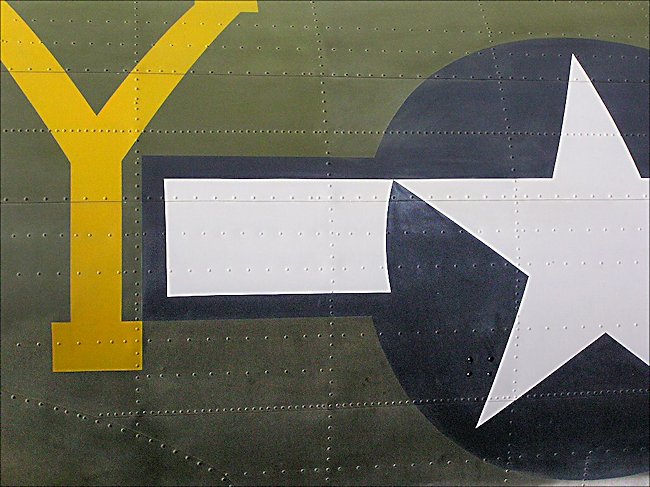
WW2 Boeing B17 Flying Fortress bomber markings
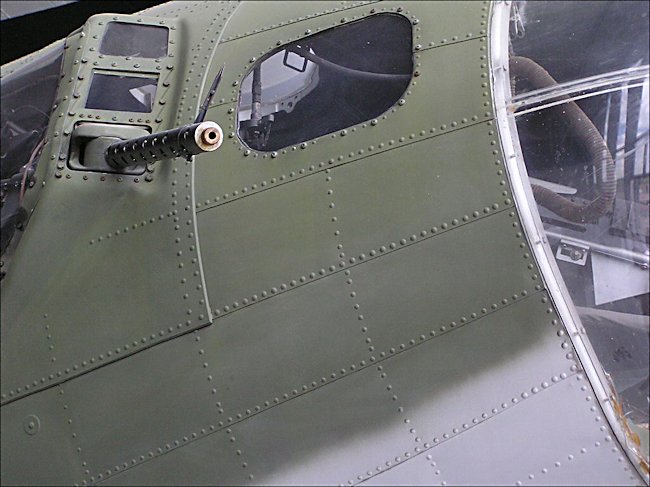
WW2 Boeing B17 Flying Fortress bomber cockpit gun
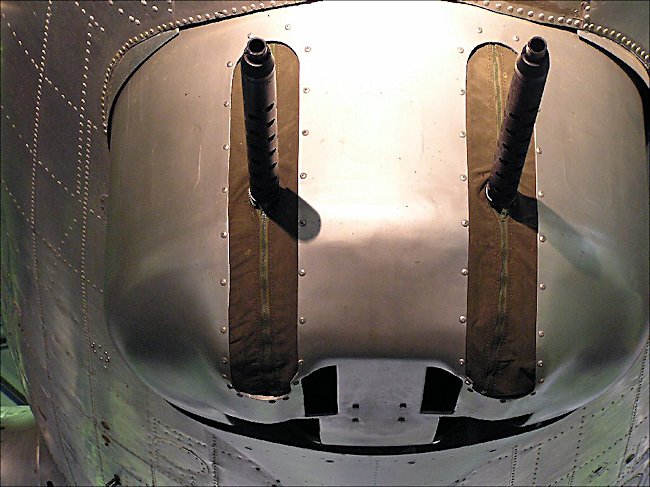
WW2 Boeing B17 Flying Fortress bomber front gun turret
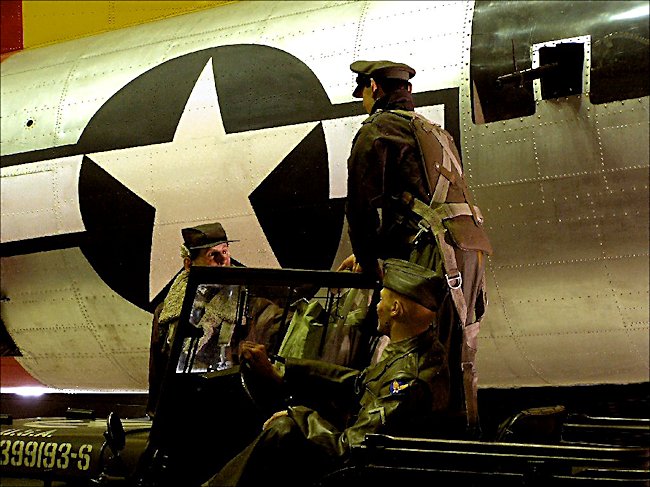
Boeing B17 Flying Fortress bomber crew arriveing at dawn
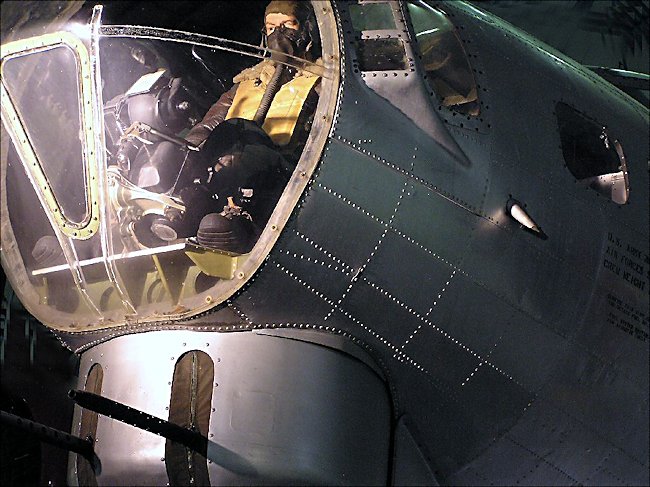
Bomb aimer position at the front of a WW2 Boeing B17 Flying Fortress bomber
B17 Flying Fortress books


Tweet